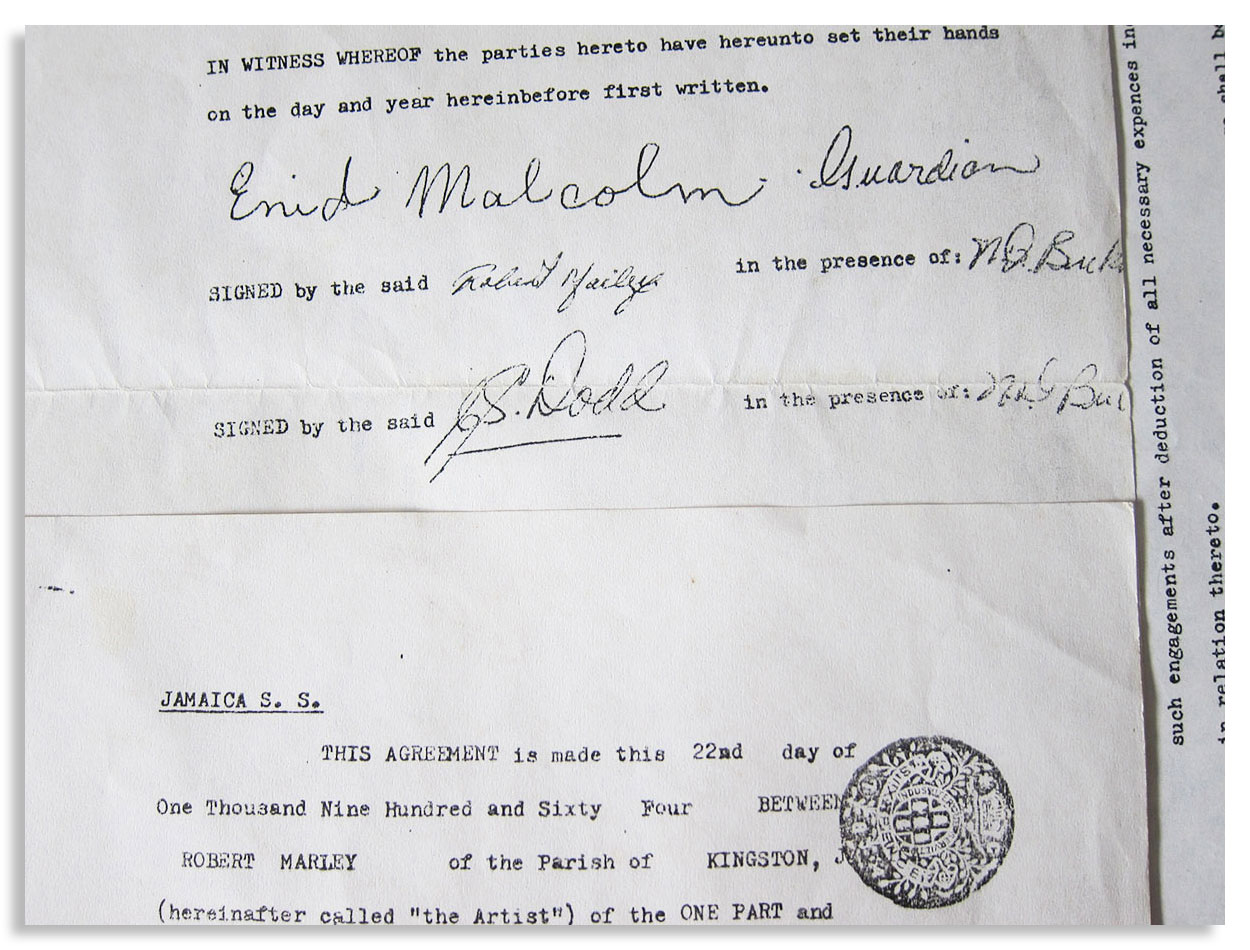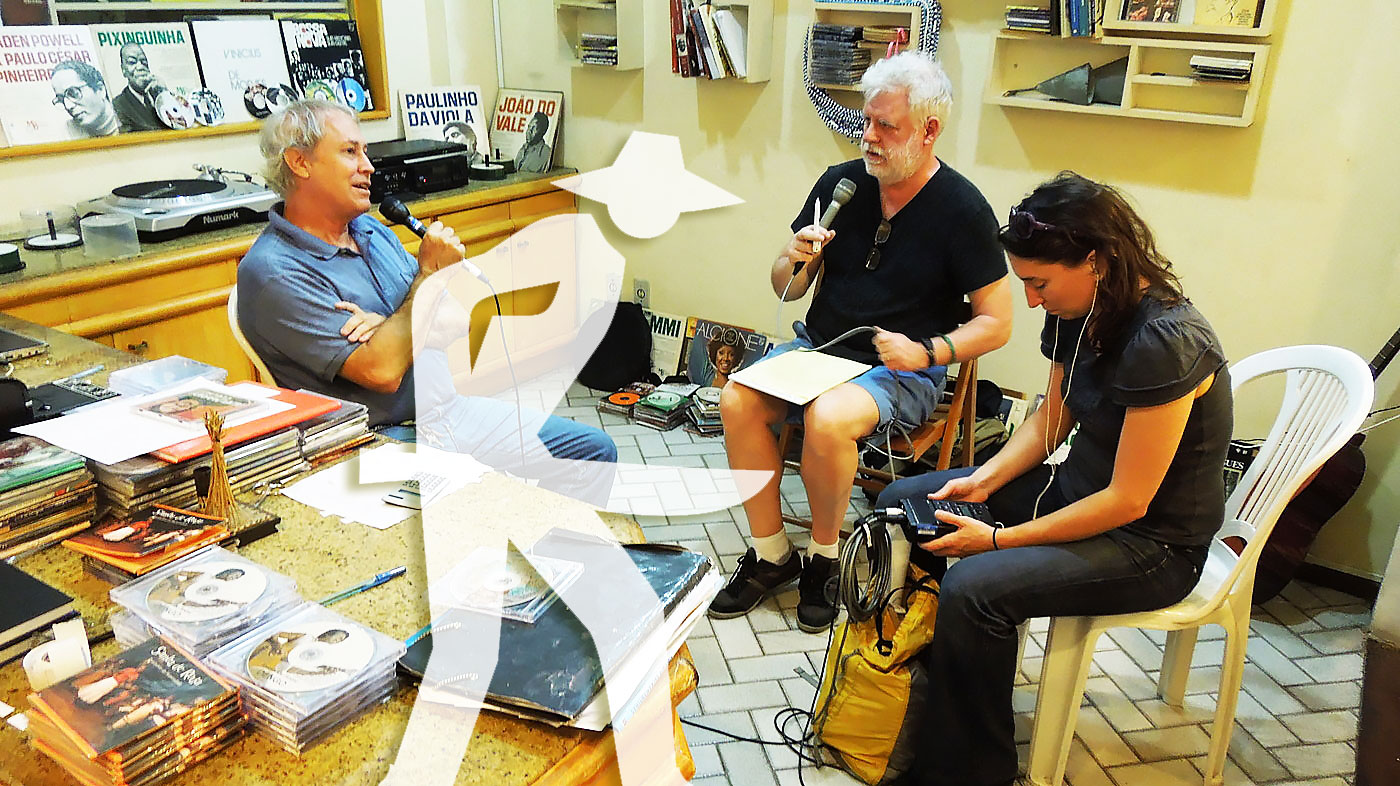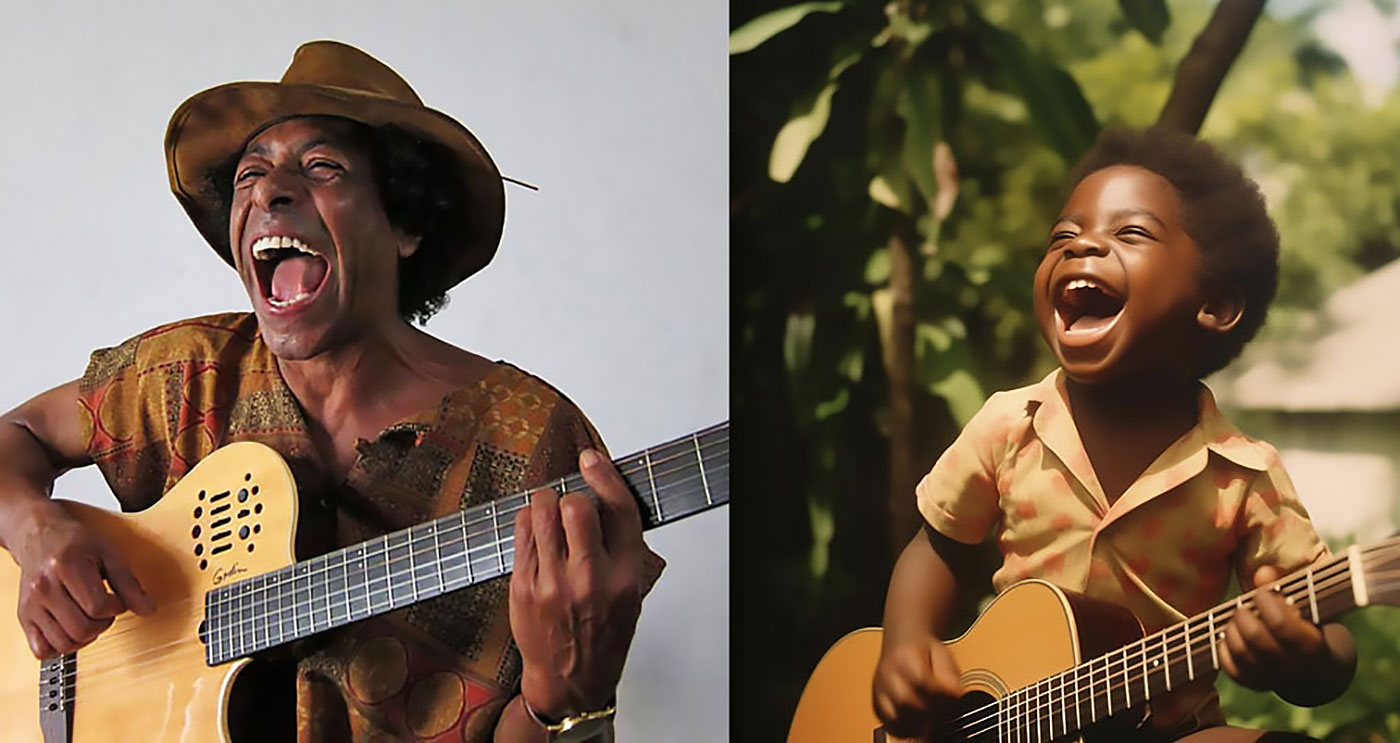CURATION
- from this page: by Augmented Matrix
Network Node
- Name: Nate Chinen
- City/Place: Beacon, New York
- Country: United States
Life & Work
-
Bio:
NATE CHINEN has been writing about jazz for more than twenty years.
He spent a dozen of them working as a critic for The New York Times, and helmed a long-running column for JazzTimes. As the director of editorial content at WBGO, he works with the multiplatform program Jazz Night in America and contributes a range of coverage to NPR Music.
A twelve-time winner of the Helen Dance–Robert Palmer Award for Excellence in Writing, presented by the Jazz Journalists Association, he is also coauthor of Myself Among Others: A Life in Music, the 2003 autobiography of festival impresario and producer George Wein.
His work appears in Best Music Writing 2011, Pop When the World Falls Apart: Music in the Shadow of Doubt (Duke University Press, 2012), and Miles Davis: The Complete Illustrated History (Voyageur Press, 2012).
Chinen was born and raised in Honolulu, Hawaii. He started his career as a music critic in 1996, at the Philadelphia City Paper. There he covered one of the great jazz cities at ground level, writing a steady stream of reviews and features, along with a biweekly column, The Gig.
He moved to New York City in 1998, and began writing for a range of publications, including DownBeat, Blender and Vibe. For several years he was the jazz critic for Weekend America, a syndicated radio program. He covered jazz for the Village Voice from 2003 through 2005, when he became a regular contributor to The New York Times.
Chinen's closest affiliation with a music periodical has been with JazzTimes, since the turn of the century. In 2004 he revived The Gig as a column for the magazine, where it ran in 125 consecutive installments.
At the beginning of 2017, Chinen became director of editorial content at WBGO, the global leader in jazz radio, broadcasting from Newark. He manages the full spectrum of jazz coverage at wbgo.org; works closely with Jazz Night in America, a multimedia program hosted by Christian McBride; and writes regularly for NPR Music, about jazz and other genres.
He lives in Beacon, New York, with his wife and two daughters.
Contact Information
- Email: [email protected]
Media | Markets
- ▶ Book Purchases: http://www.penguinrandomhouse.com/books/248047/playing-changes-by-nate-chinen/9781101873496/
- ▶ Website: http://www.playingchangesbook.com
- ▶ Website 2: http://bandcamp.com/natechinen
More
-
Quotes, Notes & Etc.
“Nate Chinen has written a terrific book about the shape of contemporary jazz, and right now is a terrific time to read it.” —The Washington Post
“Essential. . . . Fascinating and vital. . . . A perfectly timed, well-tuned chronicle of the past, present, and future of jazz.” —Slate
“Chinen has excellent taste in unruly new sounds and big, bent ears.” —The New York Times
“Brilliant. Incisive. Jazz lives on and on and on, folks.” —Sonny Rollins
“Daring and illuminating. . . . No writer has confronted the of-this-moment character of contemporary jazz with the clarity and authority that Nate Chinen has brought to it. . . . He is a listener of true brilliance.” —David Hajdu, The Nation
“Graceful and comprehensive.” —Rolling Stone
“Chinen’s passion for the art form and deep understanding and knowledge of jazz make for a fascinating read. His firm support of the music and belief that the changes taking place within it will continue to serve it well—solidifying jazz as a global mode of communication without bounds—are truly uplifting.”—Herbie Hancock
“A sturdy, finely crafted and open-ended framework for consideration of where jazz is headed, and why.” —The Wall Street Journal
“Sharp in style and warm in feeling, Nate Chinen’s virtuoso survey dispenses with the familiar agendas and polemics that have too often boxed in writing on contemporary jazz. He follows the music where it goes and exults in its plurality of voices.”—Alex Ross, author of The Rest Is Noise: Listening to the Twentieth Century
“A thorough and thoughtful examination. . . . [Chinen] looks at the work of a generation of artists that includes Kamasi Washington, Cécile McLorin Salvant and Jason Moran and finds a level of imagination and expression that has stretched the genre beyond the ‘jazz wars’ of years ago into an ever-expanding sound of endless possibility.” —Los Angeles Times
“Exciting reading. . . . The book builds impressively. . . . Should delight musicians and readers of all kinds.” —DownBeat
“Dazzling. . . . A stunning and wondrous journey. . . . Chinen improvises brilliantly across the progressions of jazz so that every page of his book brims with insight.” —No Depression
“Elegant, evocative writing. . . . Mesmerizing. . . . Essential. . . . Like the best nonfiction, Playing Changes will motivate jazz diehards and neophytes alike to discover what’s out there and what’s on the horizon.” —PopMatters
“A brilliant and wide-ranging new history of jazz. . . . Chinen’s virtuoso jazz history will drive
readers to listen to the music anew, or for the first time.” —Publishers Weekly (starred review)
“Chinen is setting a new standard. . . . [Playing Changes] brings jazz criticism not only to a new period of history but also to a fascinating era of musical exploration and discovery.” —Booklist
The Matrix is a small world network. Like stars coalescing into a galaxy, creators in the Matrix mathematically gravitate to proximity to all other creators in the Matrix, no matter how far apart in location, fame or society. This gravity is called "the small world phenomenon". Human society is a small world network, wherein over 8 billion human beings average 6 or fewer steps apart. Our brains contain small world networks...
![]() Wolfram MathWorld on the Small World Phenomenon
Wolfram MathWorld on the Small World Phenomenon
![]() Matemática Wolfram sobre o Fenômeno Mundo Pequeno
Matemática Wolfram sobre o Fenômeno Mundo Pequeno
"In a small world, great things are possible."

It's not which pill you take, it's which pathways you take. Pathways originating in the sprawling cultural matrix of Brazil: Indigenous, African, Sephardic and then Ashkenazic, European, Asian... Matrix Ground Zero is the Recôncavo, contouring the Bay of All Saints, earthly center of gravity for the disembarkation of enslaved human beings — and the sublimity they created — presided over by the ineffable Black Rome of Brazil: Salvador da Bahia.
("Black Rome" is an appellation per Caetano Veloso, son of the Recôncavo, via Mãe Aninha of Ilê Axé Opô Afonjá.)
"Dear Sparrow: I am thrilled to receive your email! Thank you for including me in this wonderful matrix."
—Susan Rogers: Personal recording engineer for Prince, inc. "Purple Rain", "Sign o' the Times", "Around the World in a Day"... Director of the Berklee Music Perception and Cognition Laboratory
"Thanks! It looks great!....I didn't write 'Cantaloupe Island' though...Herbie Hancock did! Great Page though, well done! best, Randy"
"We appreciate you including Kamasi in the matrix, Sparrow."
—Banch Abegaze: manager, Kamasi Washington
"This is super impressive work ! Congratulations ! Thanks for including me :)))"
—Clarice Assad: Pianist and composer with works performed by Yo Yo Ma and orchestras around the world
"Dear Sparrow, Many thanks for this – I am touched!"
—Julian Lloyd-Webber: UK's premier cellist; brother of Andrew Lloyd Webber (Evita, Jesus Christ Superstar, Cats, Phantom of the Opera...)
"Thanks, this is a brilliant idea!!"
—Alicia Svigals: World's premier klezmer violinist
Developed here in the Historic Center of Salvador da Bahia ↓ .
![]() Bule Bule (Assis Valente)
Bule Bule (Assis Valente)
"♫ The time has come for these bronzed people to show their value..."
Production: Betão Aguiar
MATRIX MODUS OPERANDI
Recommend somebody and you will appear on that person's page. Somebody recommends you and they will appear on your page.
Both pulled by the inexorable mathematical gravity of the small world phenomenon to within range of everybody inside.
And by logical extension, to within range of all humanity outside as well.
MATRIX (PARDAL)
I'm Pardal here in Brazil (that's "Sparrow" in English). The deep roots of this project are in Manhattan, where Allen Klein (managed the Beatles and The Rolling Stones) called me about royalties for the estate of Sam Cooke... where Jerry Ragovoy (co-wrote Time is On My Side, sung by the Stones; Piece of My Heart, Janis Joplin of course; and Pata Pata, sung by the great Miriam Makeba) called me looking for unpaid royalties... where I did contract and licensing for Carlinhos Brown's participation on Bahia Black with Wayne Shorter and Herbie Hancock...
...where I rescued unpaid royalties for Aretha Franklin (from Atlantic Records), Barbra Streisand (from CBS Records), Led Zeppelin, Mongo Santamaria, Gilberto Gil, Astrud Gilberto, Airto Moreira, Jim Hall, Wah Wah Watson (Melvin Ragin), Ray Barretto, Philip Glass, Clement "Sir Coxsone" Dodd for his interest in Bob Marley compositions, Cat Stevens/Yusuf Islam and others...
...where I worked with Earl "Speedo" Carroll of the Cadillacs (who went from doo-wopping as a kid on Harlem streetcorners to top of the charts to working as a janitor at P.S. 87 in Manhattan without ever losing what it was that made him special in the first place), and with Jake and Zeke Carey of The Flamingos (I Only Have Eyes for You)... stuff like that.

Yeah this is Bob's first record contract, made with Clement "Sir Coxsone" Dodd of Studio One and co-signed by his aunt because he was under 21. I took it to Black Rock to argue with CBS' lawyers about the royalties they didn't want to pay (they paid).
MATRIX MUSICAL
I built the Matrix below (I'm below left, with David Dye & Kim Junod for U.S. National Public Radio) among some of the world's most powerfully moving music, some of it made by people barely known beyond village borders. Or in the case of Sodré, his anthem A MASSA — a paean to Brazil's poor ("our pain is the pain of a timid boy, a calf stepped on...") — having blasted from every radio between the Amazon and Brazil's industrial south, before he was silenced. The Matrix started with Sodré, with João do Boi, with Roberto Mendes, with Bule Bule, with Roque Ferreira... music rooted in the sugarcane plantations of Bahia. Hence our logo (a cane cutter).
A Massa (do povo carente) / The Masses (of people in need)

-
Add to my PlaylistA Massa - Raymundo Sodré (7,093 plays)
-
Add to my PlaylistSina de Cantador - Raymundo So... (6,909 plays)
-
Add to my PlaylistMagnetismo - Raymundo Sodré ... (6,353 plays)
-
Add to my PlaylistSacando a Cana - Raymundo Sodr... (5,957 plays)
-
Add to my PlaylistMêrêrê - Raymundo Sodré (5,465 plays)
-
Add to my PlaylistJardim do Amor - Raymundo Sodr... (4,677 plays)
-
Add to my PlaylistDebaixo do Céu - Raymundo Sodr... (4,151 plays)
-
Add to my PlaylistDesejo de Amar - Raymundo Sodr... (3,861 plays)
-
Add to my PlaylistOração pra Yá Oxum - Raymundo ... (3,741 plays)
-
Add to my PlaylistYá África - Raymundo Sodré (3,509 plays)
-
Add to my PlaylistMeu Rio, Cadê o Papel - Raymun... (3,177 plays)
-
Add to my PlaylistCasa de Trois - Raymundo Sodré... (2,896 plays)
-
Add to my PlaylistMulher é Laço que Prende o Coração do Vaqueiro - R... (2,556 plays)





































































































































































































































































































































































































































































